Industrial Hardware and Machine Parts
The necessity of bolted flange connection training
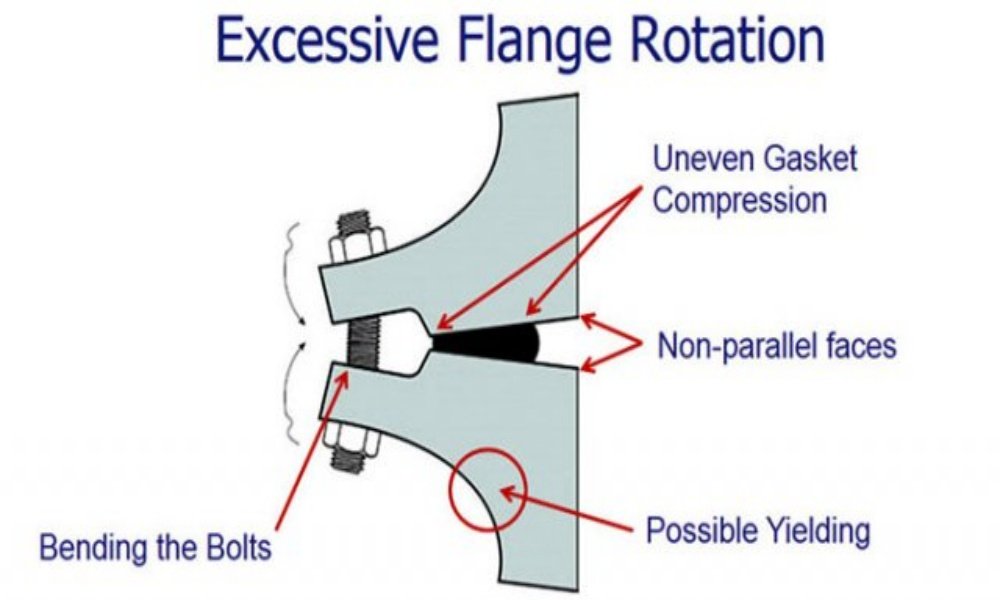
The Necessity of Bolted Flange Connection Training
There are numerous considerations for ensuring that a bolted flange connection (BFC) does not leak. They include damaged bolts and nuts, as well as flanges that are too far apart, misaligned or bent. Other issues involve sealing surface damage, improper lubrication, excessive piping loads, and excessive or insufficient bolt loads.
Additional considerations include debris on sealing surfaces, damaged gaskets, correct calibration and hookup of torque-limiting equipment, and proper tightening procedures.
Of these factors, nothing is as vital as the expertise of mechanics. No one is closer to the job or has a better opportunity to call out questionable conditions that can prevent a gasket from acquiring a successful sealing load.
Training ranges from on-site programs set up by company engineers to trial-and-error knowledge passed down from mechanic to mechanic. These educational avenues are valuable, but a complete training program that thoroughly covers the important topics related to successful installation of a gasket is rare.
Companies rarely can afford to commit the necessary resources to create and maintain an expert on this broad and detailed subject.
Appropriate Training
Given the numerous combinations of conditions, including the bolt-up procedure if one is used, that can prevent a perfectly good gasket from reliably sealing, how can someone know if a condition is acceptable? The connection must be tight enough to develop and retain a certain value of gasket stress but not so tight that damage results to any of the three primary flange components: gasket, flange and bolts. Installers need a complete understanding of the role and limits of the components so they can take suitable actions. A training program is available that provides all of this information.
The American Society of Mechanical Engineers (ASME) PCC-1-2013 document, Guidelines for Pressure Boundary Bolted Flange Joint Assembly, provides guidance on what conditions to look for and what actions to take as well as several time-tested tightening procedures. Unfortunately, it would be rare for a mechanic to have access to this information. Although this guidance is primarily intended for engineering resources, the first of several appendices are entirely dedicated to the training needs of mechanics, and many engineers would benefit greatly from such training. Additionally, it includes specific guidance on how to set up a training package and what should be included in it.
It was not until recently that a formal training program was developed that provides this information and results in an ASME Certificate of Completion that validates the training. In February 2016, ASME formally announced the launch of its Bolting Specialist Qualification Training Program.
Components of the Training Program
The training was the result of collaboration between members of an advisory group that collectively has more than 190 years of concentrated experience in preventing BFC leaks. These include mechanical engineers thoroughly grounded in the science of flanges, bolts and gaskets, as well as professional training resources.
The entire effort was managed by the oversight of ASME Training and Development. Its goal was to develop a comprehensive training program that would draw attention to the real-world practices and observations important to preventing leaks, as well as provide a clear understanding of why they are so important.
Forms of the Training Program
The training is provided in two forms: an online package and a one-day, hands-on session conducted by an ASME-approved technical professional. The online session is divided into four parts, which provide the majority of the training information. This form allows trainees to remain at their respective places of employment and proceed at their own pace. Graphics are extensively used to clarify concepts. At the end of each section, trainees can answer a series of true-or-false or multiple choice questions crafted to test a thorough understanding of the concepts. A passing score is required before moving on to the next part.
Part 1. Principles of Bolted Flange Joints & ASME PCC-1
This module provides a general introduction to the subject, focuses on the wide range of features important to the successful sealing and maintenance of bolted flange connections, and stresses the value of leak-free operation.
Part 2. Flanges, Fasteners & Gaskets
This section draws attention to the importance of understanding the role and limits of the three primary bolted connection components and how to identify mechanical flaws that can compromise the sealing of a connection. Central to this section is understanding how and why each of the three components interact with one another.
Part 3. Putting it Together/Taking it Apart
Critical to the successful tightening of a bolted flange connection is following an approved tightening procedure. As the temperature and pressure of a connection rise, the range of successful bolt loads can become very narrow. This section focuses on how to get it right the first time. Most important, this portion explains how and why a tightening procedure works.
Part 4. Bolting Safety & Tool Handling
Large forces are always involved in the tightening of a BFC. Safety is always the top concern, and the proper handling and use of high-torque equipment is especially important.
Figures 1 and 2 display some key concepts to understand. Figure 1 introduces the force-distance relationship that develops a given value of torque.
Figure 2 explains the consequences of varying values of gasket stress, discusses the importance of understanding both lower and upper limits of tightening, and points out how a combination of high pressure and temperatures can narrow the range of safe sealing gasket stress.
The hands-on session, which becomes available upon the successful completion of all four parts, is conducted at a specialized training facility. A wide range of training equipment and power tools is available to demonstrate proper equipment setup and use.
The ASME Certificate of Completion signifies the trainee has demonstrated an understanding of the material. Maintenance personnel with the certificate will have a matured sense of expertise to bring to the field. Improvement is grounded in nderstanding, and this training is intended to provide it.
-
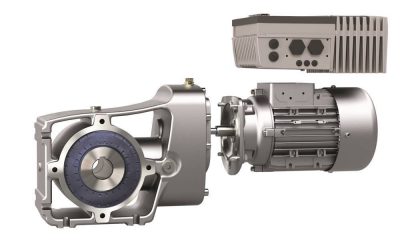
 Drive systems5 years ago
Drive systems5 years agoIntelligent frequency inverters for digital production
-

 Motors8 years ago
Motors8 years agoNew generation of hollow shaft motors
-

 Industrial Hardware and Machine Parts7 years ago
Industrial Hardware and Machine Parts7 years agoABB and Formula E partner to write the future of e-mobility
-

 Industrial Hardware and Machine Parts7 years ago
Industrial Hardware and Machine Parts7 years agoRexnord adds to its Autogard Torque Limiters with the XG Series
-

 Motors8 years ago
Motors8 years agoZF Technology on the Winners’ Podium of the Dakar Rally 2017
-
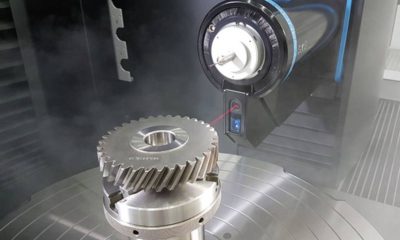
 Gear drives7 years ago
Gear drives7 years agoKlingelnberg at control 2018: Tactile and optical measurement on one machine
-
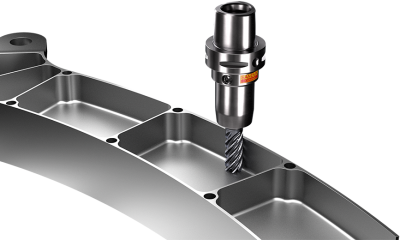
 Motors7 years ago
Motors7 years agoGet a first-class ticket to productivity
-

 Motion control6 years ago
Motion control6 years agoWhere the robots come from?
-
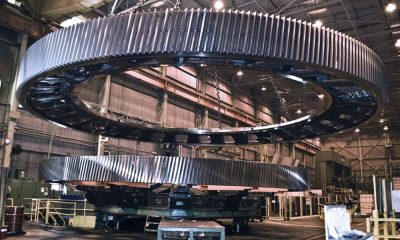
 Motion control7 years ago
Motion control7 years agoRexnord to Acquire Centa Power Transmission
-

 Industrial Hardware and Machine Parts8 years ago
Industrial Hardware and Machine Parts8 years agoCustom hobbing tool enables 45-degree angles
-

 POWER TRANSMISSION TECHNOLOGIES4 years ago
POWER TRANSMISSION TECHNOLOGIES4 years agoEUROTRANS Board meets for its first session in 2021
-

 Motors8 years ago
Motors8 years agoInterroll introduces a new generation of drum motors
